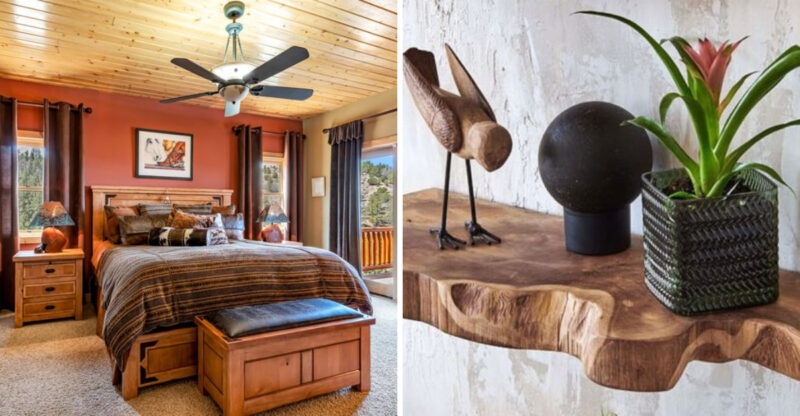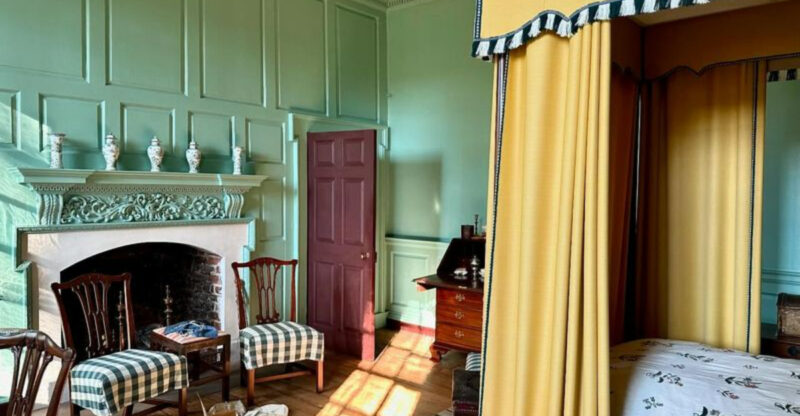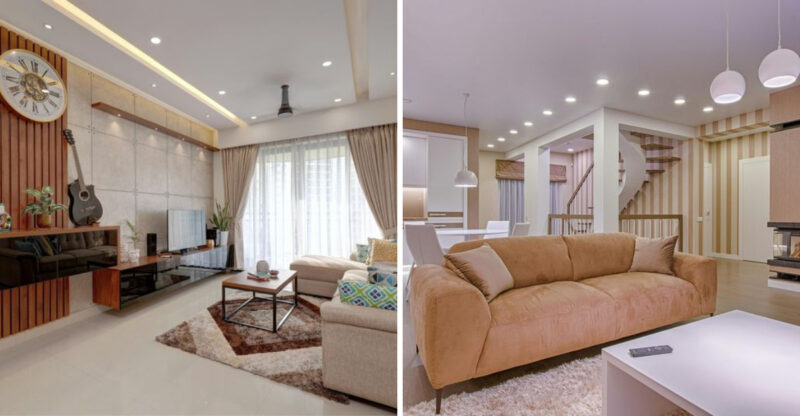12 Common Home Decor Mistakes Everyone Makes
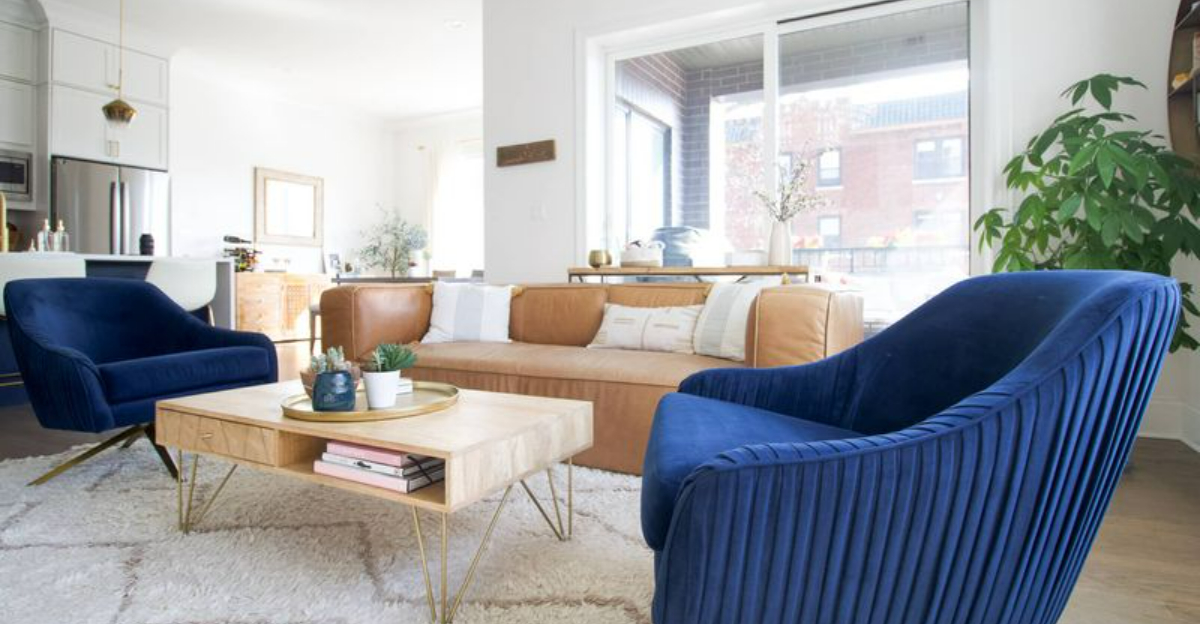
Ever walked into a room and felt something was just a bit off? We’ve all been there. Home decorating seems simple enough, but there are sneaky mistakes that can make our spaces feel awkward or unfinished.
I’m going to share the most common decorating blunders I see and how you can easily fix them to transform your home.
1. Pushing Furniture Against Walls
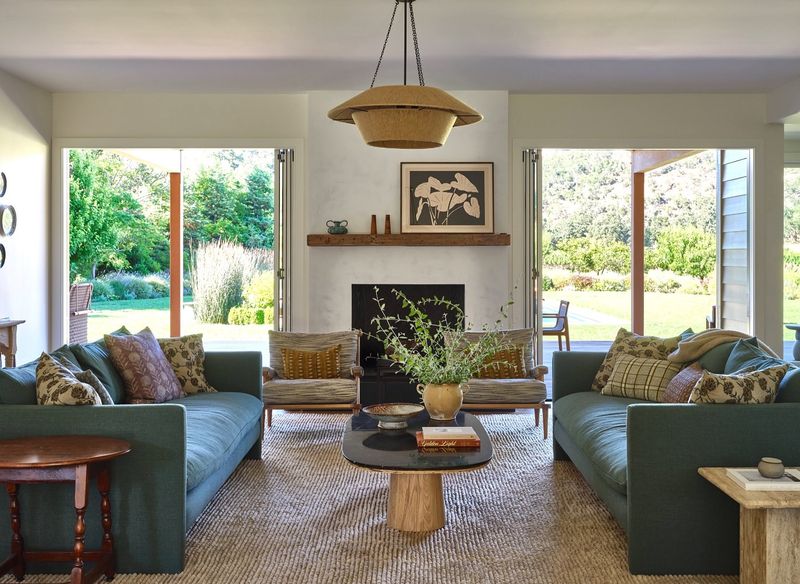
Your living room isn’t a high school dance! Furniture doesn’t need to cling to the walls out of shyness. Creating conversation areas where pieces face each other invites interaction and makes spaces feel more intimate. Try floating your sofa or pulling chairs away from walls.
Even a few inches can make a dramatic difference. This simple rearrangement helps define areas in open floor plans and makes rooms feel thoughtfully designed rather than boxy.
2. Hanging Artwork Too High
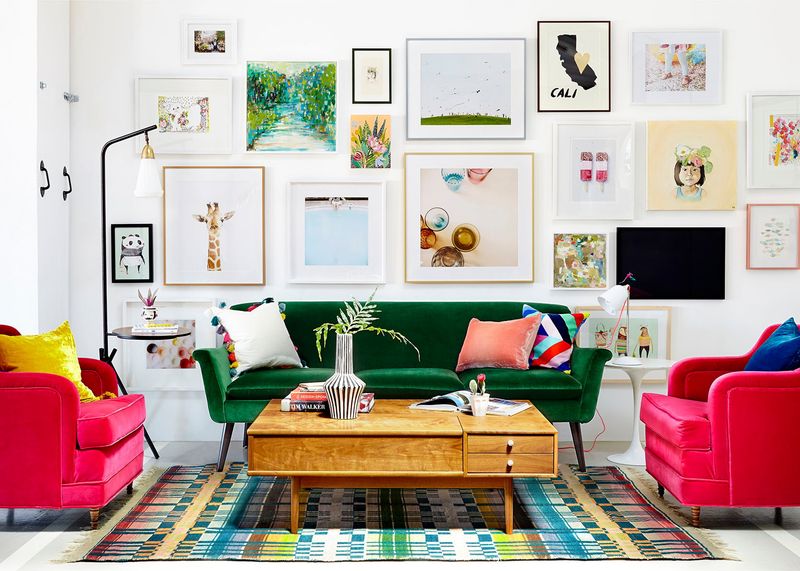
Nothing screams ‘amateur decorator’ like art floating near the ceiling! The center of your artwork should sit at eye level, which is typically 57-60 inches from the floor for most adults. When hanging pieces above furniture, leave only 4-8 inches of space between the bottom of the frame and the top of your sofa or table.
This creates a visual connection between elements rather than disconnected floating objects. Your neck will thank you for not having to crane upward!
3. Choosing Rugs That Are Too Small
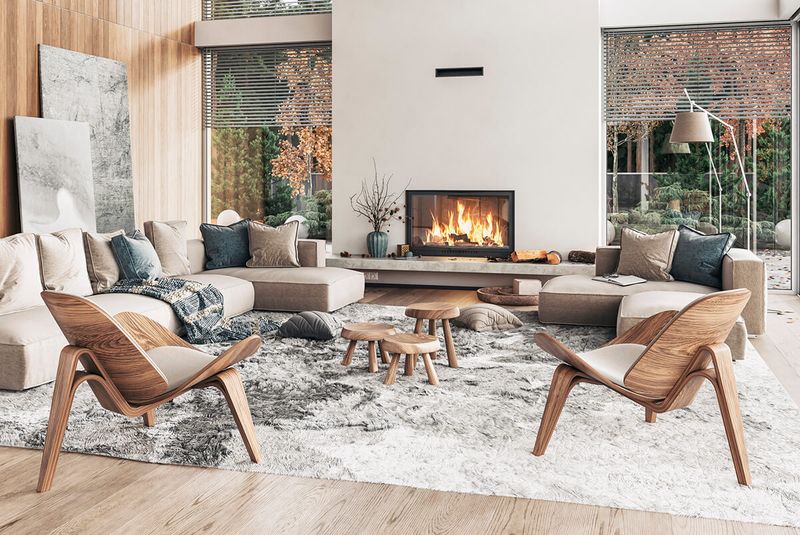
Tiny rugs make rooms feel smaller and disconnected. Your rug should be large enough for all furniture legs to sit on it, or at minimum, the front legs of major pieces. For dining rooms, ensure the rug extends at least 24 inches beyond the table edge so chairs remain on the rug when pulled out.
In bedrooms, the rug should extend beyond the sides of the bed by at least 18 inches. Properly sized rugs anchor spaces and create cohesion.
4. Improper Lighting Layers
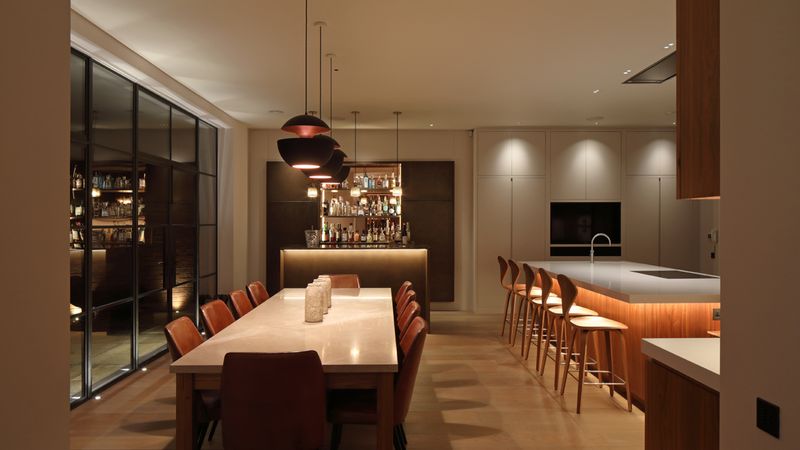
Relying solely on overhead lighting creates harsh shadows and an unwelcoming atmosphere. Proper lighting includes three essential layers: ambient (general illumination), task (focused light for activities), and accent (highlighting decor features).
Mix floor lamps, table lamps, wall sconces, and pendant lights at varying heights. Adding dimmers lets you control the mood throughout the day. Good lighting transforms spaces and affects how colors appear, making it one of the most impactful elements in home design.
5. Matching Furniture Sets
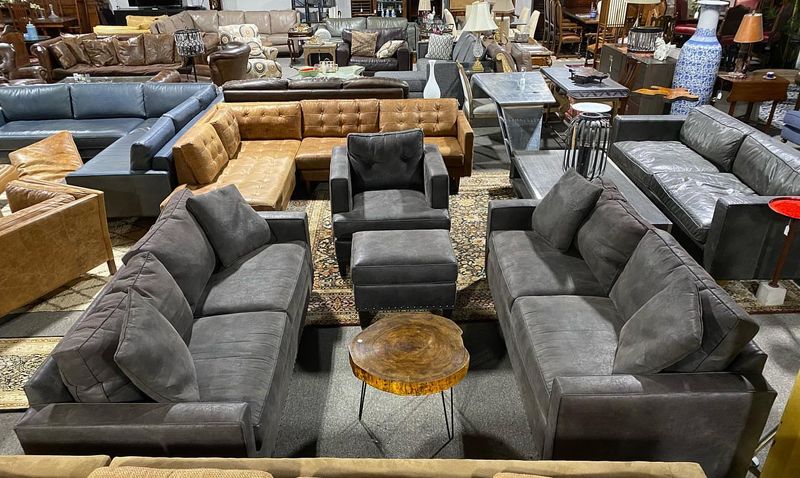
Buying the entire matching set from a showroom creates that dreaded “furniture store” look. Rooms evolve over time and should tell your unique story through varied pieces. Mix different wood tones, metals, and upholstery while maintaining a cohesive color scheme.
Blend vintage finds with contemporary pieces for depth and character. The key is creating intentional contrast while ensuring elements complement each other through repeated colors, textures, or shapes.
6. Ignoring Scale and Proportion
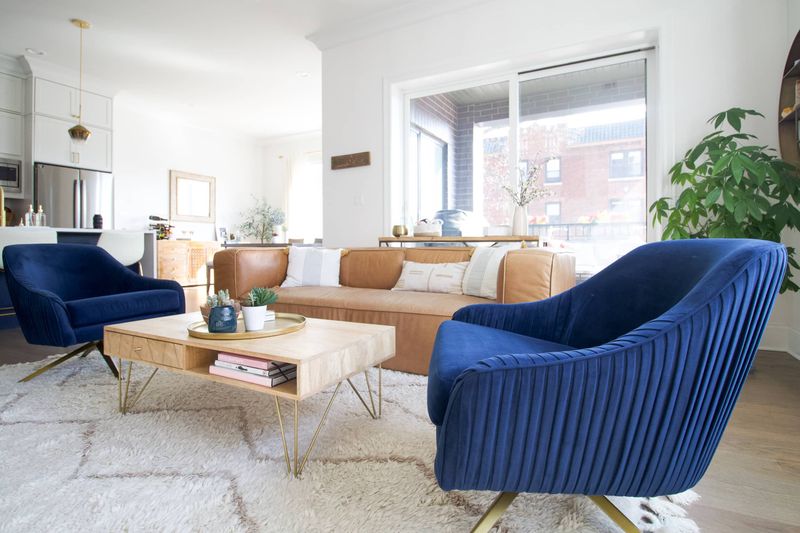
Oversized sectionals drowning in tiny rooms or dainty coffee tables lost beneath massive sofas create visual discomfort. Scale refers to how pieces fit within a room, while proportion addresses how items relate to each other.
Measure your space before purchasing furniture and use painter’s tape to outline dimensions on the floor. Leave breathing room between pieces – at least 30 inches for walkways and 18 inches between seating and coffee tables. These spatial relationships create balance and harmony throughout your home.
7. Neglecting Window Treatments
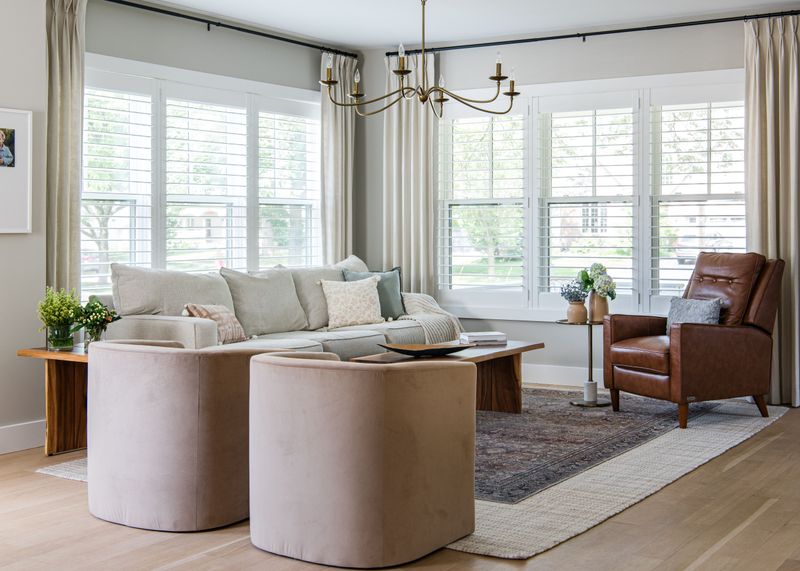
Bare windows or ill-fitting blinds make rooms feel unfinished and exposed. Window treatments aren’t just functional – they’re essential design elements that add texture, color, and softness. Hang curtains high and wide to create the illusion of larger windows and taller ceilings.
The rod should extend 8-12 inches beyond each side of the window frame, with panels touching the floor. For maximum impact, layer treatments with blinds or shades underneath curtains for privacy and light control options.
8. Overcrowding Shelves and Surfaces
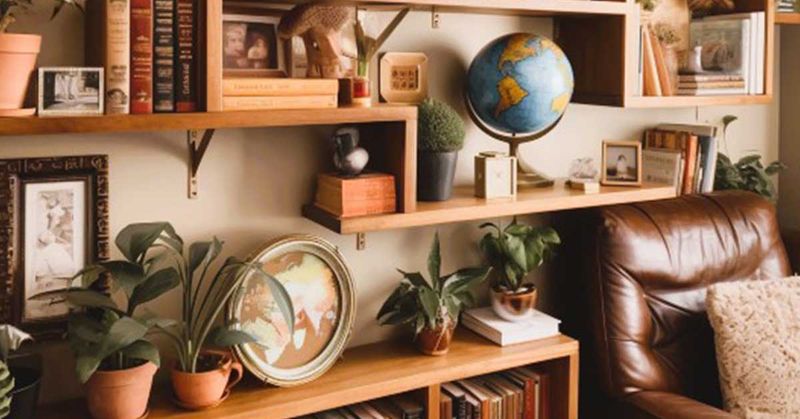
Cramming every surface with knickknacks creates visual chaos and collects dust. Meaningful displays need negative space to breathe and allow individual pieces to shine. Follow the rule of three by grouping objects in odd numbers, varying heights and textures.
Leave some shelves partially empty and rotate collections seasonally to prevent stagnation. Remember that restraint often creates more impact than abundance – each displayed item should earn its place through beauty or significance.
9. Poor Paint Color Selection
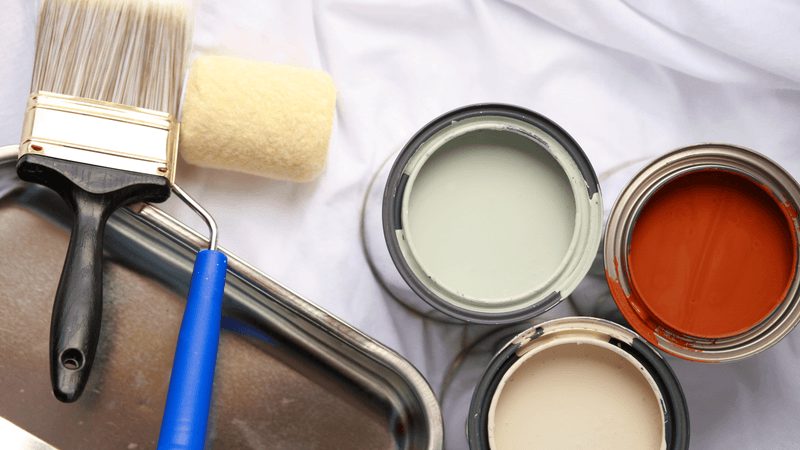
Choosing paint colors from tiny swatches without testing leads to costly mistakes. Colors appear dramatically different depending on lighting, room orientation, and surrounding elements. Always test large sample patches on multiple walls and observe them throughout the day as light changes.
Consider the room’s purpose – energizing colors for active spaces, soothing tones for bedrooms. And remember that neutrals aren’t just beige – soft blues, greens, and grays often function as versatile backgrounds for your furnishings.
10. Forgetting About Personal Expression
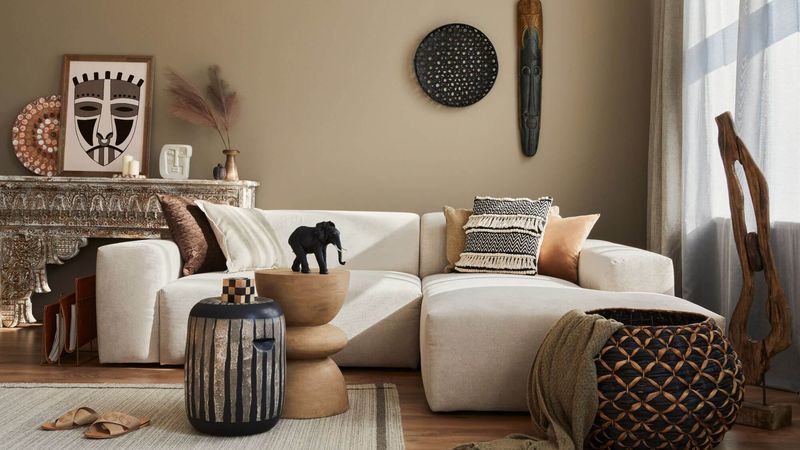
Copying catalog looks or following trends too closely results in soulless spaces that could belong to anyone. Your home should reflect your personality, experiences, and what brings you joy. Incorporate meaningful items like travel souvenirs, family heirlooms, or hobby-related objects.
Display art that speaks to you rather than matching your sofa. The most interesting homes tell stories through thoughtfully selected pieces that wouldn’t make sense in anyone else’s space.
11. Inconsistent Color Themes
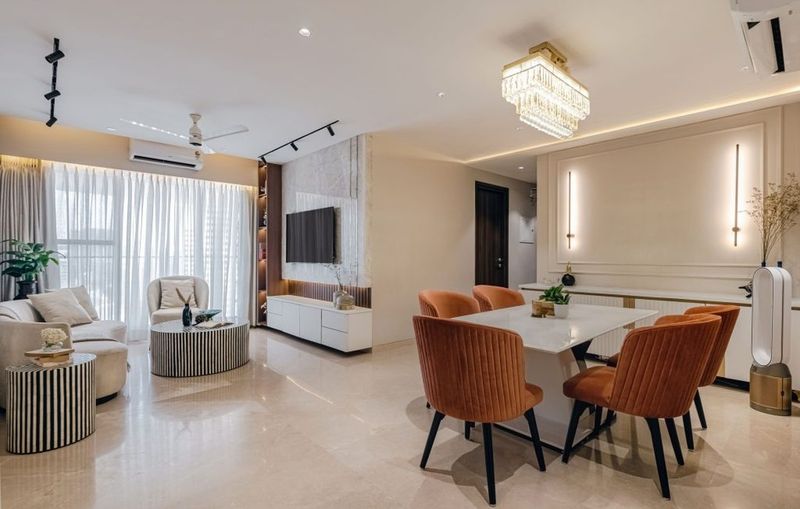
Random color splashes without a cohesive palette create a disjointed feeling. Successful spaces flow naturally from room to room with complementary color stories. Choose 3-5 main colors for your home and vary their intensity throughout different spaces.
Use the 60-30-10 rule: 60% dominant color (walls, large furniture), 30% secondary color (accent furniture, textiles), and 10% accent color (accessories, artwork). This creates visual interest while maintaining harmony.
12. Overlooking Texture and Layers
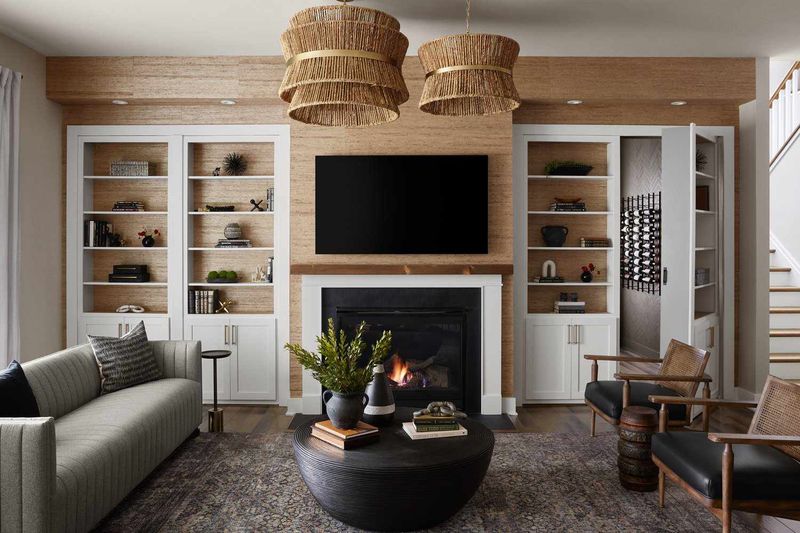
Flat, one-dimensional rooms lack depth and interest even with perfect furniture placement. Texture adds the tactile element that makes spaces feel complete and inviting. Mix materials like wood, metal, glass, and various textiles.
Add layers through throw pillows, blankets, rugs, and window treatments in complementary textures. Even monochromatic rooms come alive with textural variety – think smooth leather against nubby linen or glossy ceramics atop rough wooden surfaces.

